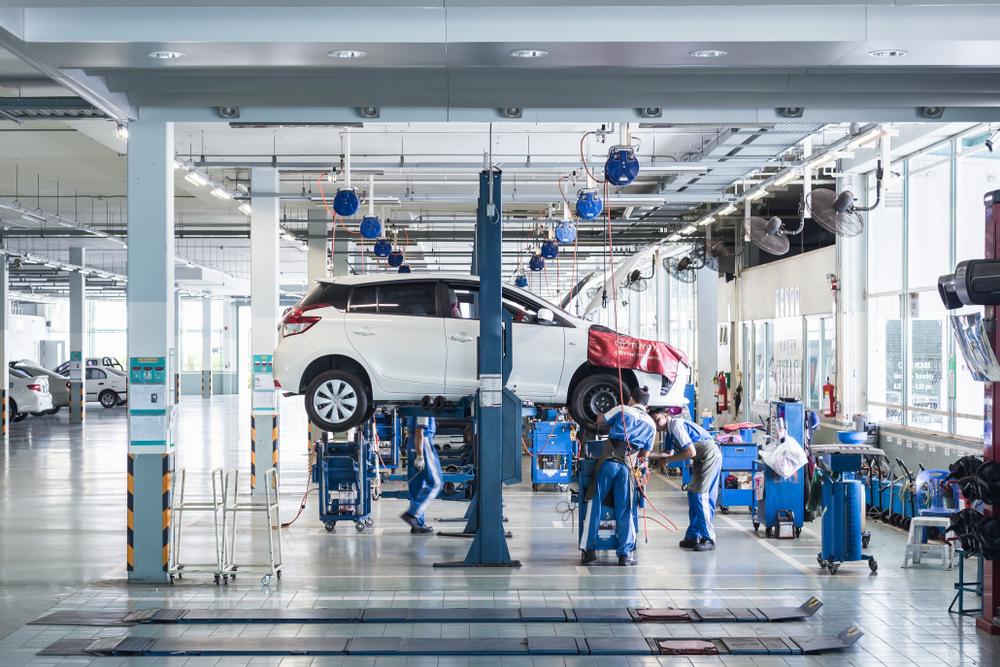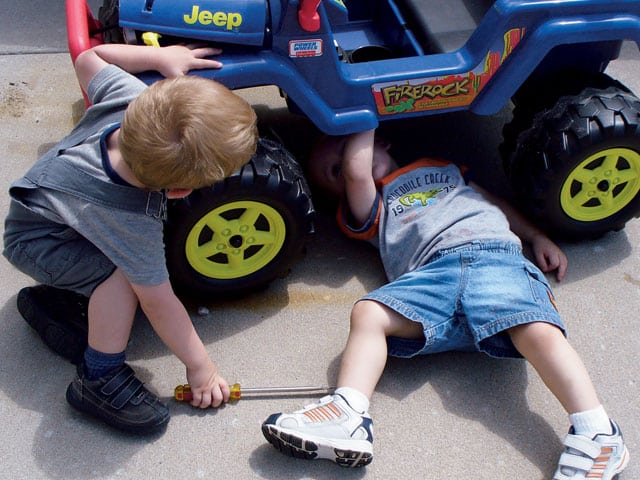The majority of car dents occur as a result of collisions whether with another vehicle or a non-moving object. Nonetheless, even the most minor physical alteration can mar the beauty of your prized possession. Your car is a significant investment. That’s why you should always practice defensive driving to avoid accidents that can harm you and your automobile.
If you have small dents that need repairing, check out these handy tips:
- Consider Paintless Dent Repair
Dents, no matter how insignificant they seem, affect a considerable portion of your car’s surface especially the paint. You don’t want to repaint your entire vehicle just because of a minor scratch or indentation on the door. The latest innovation in dent repair eliminates unsightly dings on your car by using specific lighting and professional tools without damaging the paint.
Here’s how this environment-friendly process works:
- Examining the Extent of the Damage – Before anything else, it’s imperative that the mechanic assesses the harm done to your vehicle such as how deep and how big it is as well as where it’s located. They should also identify the best way to attack the indentation.
- Reaching the Back of the Dent – This method requires professionals to find the best pathway to get to the dent. If the damage is on the driver’s door, they’ll unscrew the interior panel to see the back portion of the groove on the exterior.
- Use Special Tools – Mechanics have a specific light board that they switch on to get a closer look at the damage. This unique lighting displays a shadow of the dent which professionals can use to pinpoint where they should place their tools accurately.
- The Magic of Massage – With these particular instruments, they slowly massage the back of the dent to straighten it and restore it to its former glory. This dent removal method takes a whole lot of hand-eye coordination as well as expertise, so it’s best to leave this process to the professionals.
- Wash the Affected Area Thoroughly
You should always cleanse the damaged surface if you’re involved in a car accident or parking lot mishap. This way, you can clearly assess the severity of the situation and choose the best dent removal method. Wash your car by hand and use a mild solution to lessen the risk of further damage. Make sure to eliminate all the grease and grime that may be covering up other dents on your automobile’s surface and dry it properly.
- Do Your Own Minor Repairs
If you’re confident enough, you can conduct minor dent repairs to your car. A majority of smaller damages can be erased with tools you already have at home. This includes a plunger, hair dryer, vacuum cleaner, aluminum foil, and bucket. However, you should make sure that the dents are insignificant and can be fixed with what you have. Otherwise, it’s best to leave it to the professionals.
Here’s an in-depth look at how you can use readily available gadgets at home to fix your car:
- Hair Dryer – You will also need aluminum foil and dry ice for this method. Use the hair dryer to heat the dent. Stay about six inches away, so you don’t melt the paint. Cover the dent using the aluminum foil and rub the dry ice over it. Another option is to use a can of compressed air to cool the area.
- Plunger – For this technique, you must pour water over the plunger and the damaged surface. Then, make the most of the suction power of the tool by pushing it up and down. Repeat the process until the dent has popped out.
- Vacuum Cleaner – With this, you’ll need a bucket. Create a small hole at the base of the bucket and cover the dent with its upper part. Next, insert the vacuum tube through the gap and turn on the vacuum to smooth the damage.
- Water – This method is ideal for plastic bumpers. You boil water and pour it over the affected area. Afterward, reach inside the bumper and massage or push it to pop the dent. To solidify the plastic material, you can then pour cold water onto the surface.
Conclusion
Your vehicle’s appearance drastically affects its resale value if you’re planning to sell it now or in the future. Tiny fractures on the surface can also compromise its paint sealant which can lead to heightened risks of rusting and corrosion especially when faced with salt, sunlight, and rain. Incorporate proper car dent repairs to your maintenance if you spot scratches and dings.







